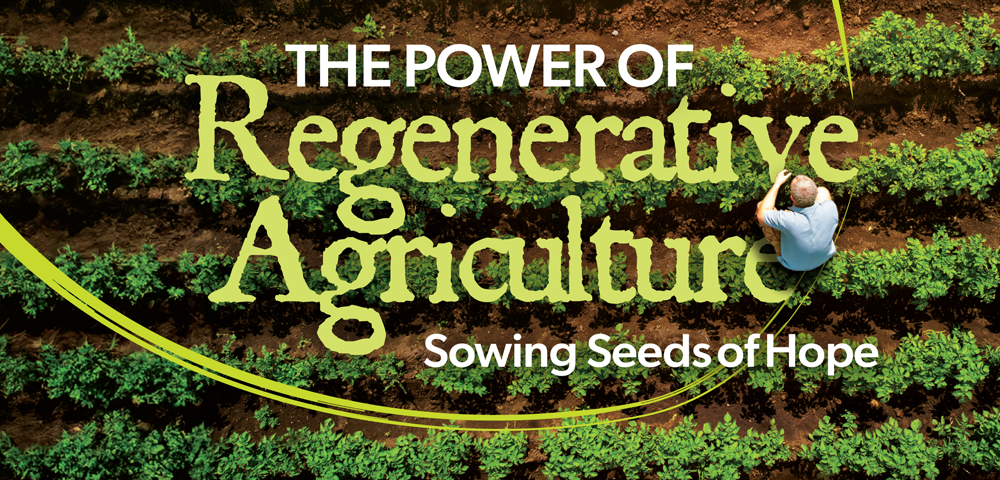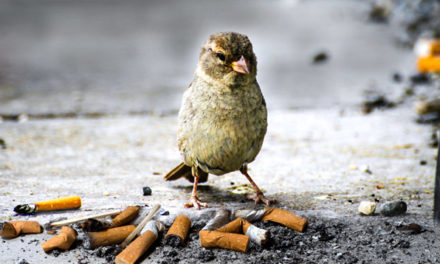
Regenerative farming is not merely a passing trend; it’s our connection to the Earth.
Scaling regenerative farming: challenges and opportunities
Small gardens are a wonder, but can you imagine the scale of tending to hundreds of acres with the same love and care as your grandmother in her garden? While it may seem impossible, this ambitious endeavour is possible and necessary. Like any significant shift, scaling up regenerative farming poses its challenges. However, farmers and investors increasingly recognize that regeneratively produced crops promote sustainability and offer notably higher profitability. By working with nature and implementing diverse and sustainable farming practices, each contributing little by little, we can change our perspective on agriculture while improving the planet.
Is regenerative farming crucial for our health and the planet’s survival?
Simply put, yes. Regenerative farming benefits and connects human health and the planet. Factory farming and crop spraying wreak havoc on our soil, killing bacteria and severing our bond with the Earth. The foundation for regenerative agriculture restores the delicate connection between humans, insects, wildlife, and the soil, which nurtures and preserves our planet’s fragile ecological equilibrium. By farming the soil in harmony with nature, we can produce food that is not only delicious and nutrient-rich, but also supplies essential microorganisms to support the health of our gut and brain and the planet’s ecosystem.
Regenerative farming tips and strategies for ecological balance
Soil health: Cultivated fields must be periodically rested using crop rotation. In the off seasons of the year, fields can be seeded with legumes, barley, herbs, and naturally occurring windfall seeds. This cover crop will help aerate the soil, increase organic content, replenish nitrogen, and prevent wind erosion.
Seeds: Always use non-hybrid, non-GMO, true species seeds.
Natural pest control: It is vital to let compatible species of plants, animals, and insects coexist, each with their unique functions. Frogs, birds, and other wildlife provide fantastic “mobile pest control” throughout the growing season.
Composting: Applying compost adheres to temperature requirements, enriching nutrients and minimizing waste.
Herbaceous wind barriers and field borders: Native trees create wind barriers, safeguarding crops from detrimental winds, and promoting a balanced microclimate.
Mulching: Sawdust and wood chips can be mulched for pH regulation and moisture retention.
Perennial planting: Cultivating herbs, grains, and grasses with long lifespans ensures continuous ecological benefits.
Pollinator habitats, insectary strips, or wildlife habitat: Establishing habitats for pollinators and wildlife fosters biodiversity.
Apiary: Caring for honeybees and other pollinators will support ecosystem health.
Biomass reduction and recycling: Composting all farm biomass minimizes off-farm waste and maximizes resource utilization.
Vegetative barriers: Natural barriers, including wetlands, protect sensitive areas and enhance ecological resilience.
LET’S SOW SEEDS OF HOPE TOGETHER.
With every mindful purchase and conscious decision, we have the power to shape the future of our planet. As demand for organic produce rises, farmers are empowered to embrace regenerative practices and nurture a healthy food culture that sustains us and creates an ecosystem nature can rely on. Together, we can transform the earth and cultivate a brighter, greener future for all.














